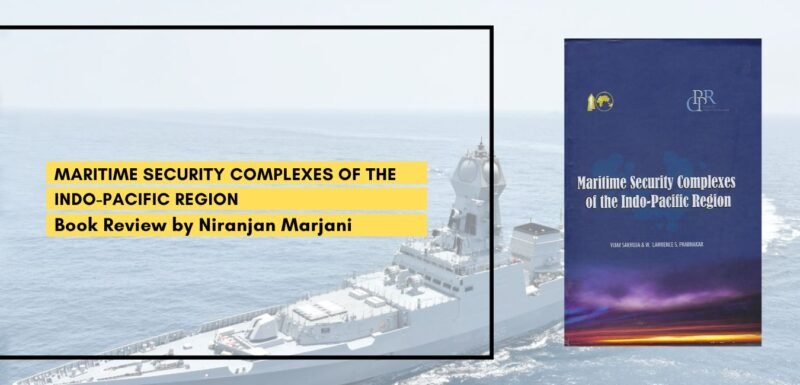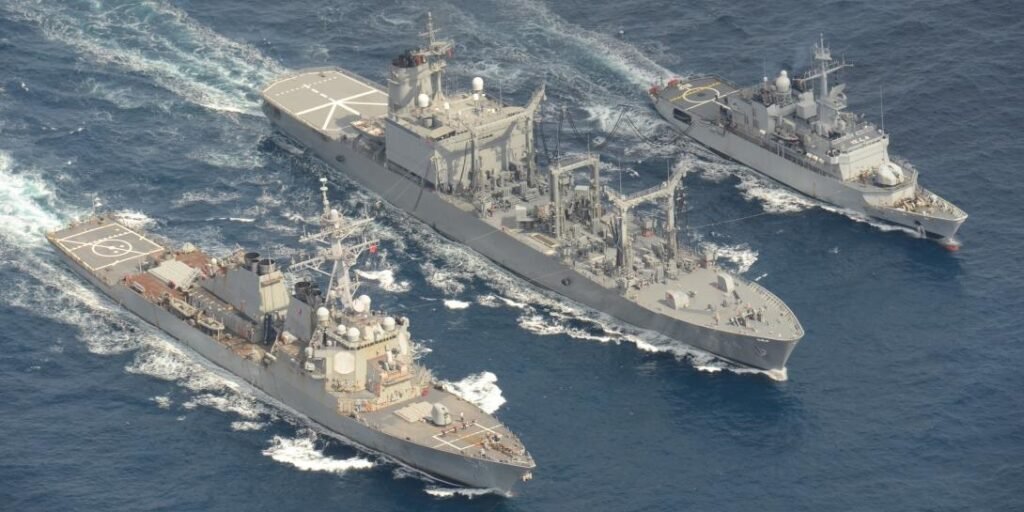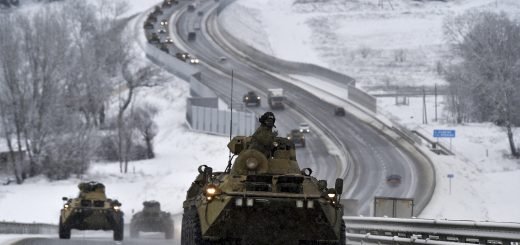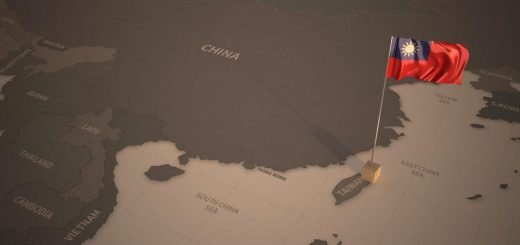Book Review: Maritime Security Complexes of the Indo-Pacific Region

The geopolitical construct of the Indo-Pacific Region has been taking shape in the past about one decade. Former Prime Minister of Japan Shinzo Abe, while addressing the Indian Parliament in 2007, spoke about the confluence of two seas with reference to the growing proximity between Japan, represented by the Pacific Ocean, and India, represented by the Indian Ocean. Abe also described the two oceans as a dynamic coupling of freedom and prosperity, and the geographical boundaries taking a distinct form with the Indian and Pacific Oceans becoming a collective entity. Though said in the context of India-Japan relations, the idea of the Indo-Pacific Region has since taken a concrete shape in the global order.
The book ‘Maritime Security Complexes of the Indo-Pacific Region’, written by Dr Vijay Sakhuja and Dr W. Lawrence S. Prabhakar, comes at a time when the Indo-Pacific Region is increasingly becoming a contested space – from a strategic and economic point of view.
The book starts with a discussion of the theoretical aspect of the topic. Chapter 1 explains the theoretical framework of the Regional Security Complexes. It draws upon the Regional Security Complex (RSC) Theory developed by British political scientist Barry Buzan. The RSC Theory underscores territoriality as a primary feature of international security dynamics while the regional level is an essential feature of any coherent analysis of international security in the post-Cold War era. It implies that on the one hand, the RSCs accommodate neorealist perspectives by identifying the new level of inter-state relations characterized by regional security dynamics. On the other, the RSC also takes into account the constructivist perspective since identity factors form an important component of any regional security complex.

Chapter 2 of the book briefly explains the geographical features and historical connections of the sub-regions of the Indo-Pacific Region and their contemporary relevance. The Indo-Pacific Region, a combined construct of the Indian Ocean and the Pacific Ocean, consists of the Asian-African-Australian-American littoral space. The chapter traces historical connections of the region as well as developments in the post-colonial period which are characterized by intra-regional conflicts that resulted from cultural and identity factors and economic strains.
Chapters 3 to 5 discuss the dynamics of the Indian Ocean Region and its sub-regions – the North Arabian Sea Crescent and the Bay of Bengal. Chapter 6 discusses the dynamics of the Western Pacific Ocean – a sub-region of the Pacific Ocean. These chapters describe the various strategic aspects of these sub-regions which include traditional and non-traditional security threats, geographical aspects, economic characteristics, inter-state relations and the interaction between the regional and extra-regional powers. These chapters highlight how these sub-regions, while engaged in intra-regional power tussles, are also a subset of the larger rivalry, notably between the United States and China, in a direct or indirect manner.
A separate chapter in this book is dedicated to the naval nuclear dynamics of the Indo-Pacific Region. This chapter discusses the increasing tendency among the nuclear weapon states and new nuclear nations towards naval nuclear deployment. Flexible targeting as well as stealthy and secure launch are the major driving factors for the states to opt for naval nuclear deployment. The chapter further discusses security challenges arising from the proliferation of Weapons of Mass Destruction (WMDs).
The book also contains as an appendix, proceedings of a one-day conference held in August 2021 on Strategic Futures: Regional Maritime Security Complexes jointly organized by the Indian Council of World Affairs and Centre for Public Policy Research.
Two factors make this book stand out:
One, the Indo-Pacific Region, though shaped as one construct is not a monolithic entity. As such the application of the RSC theory brings out the diversity (interaction between territorial and regional entities) and its repercussions in the larger context of the security dynamics of the Indo-Pacific Region.
Two, in continuation of the first point, contrary to the popular perception, there is more to the Indo-Pacific Region than just rivalry between China on one side and democratic nations like India, the US, Australia and Japan on the other. This book brings out the nuances of the Indo-Pacific Region which go beyond the binary that is more pronounced in popular and even academic discourses most of the time. This book covers theoretical and empirical aspects of the Indo-Pacific Region.
‘Maritime Security Complexes of the Indo-Pacific Region’ would interest research scholars and general readers alike. Anyone following the developments in the Indo-Pacific Region should read this book to gain a wider understanding of the security dynamics of the region as well as the sub-regions that are a part of it.


















